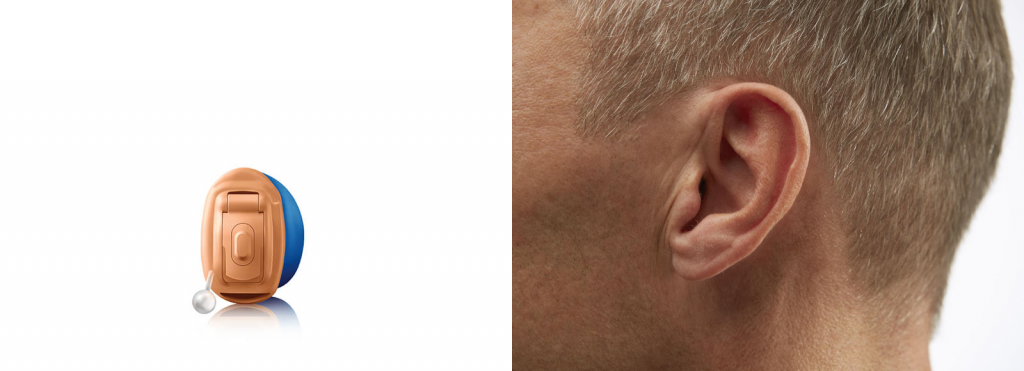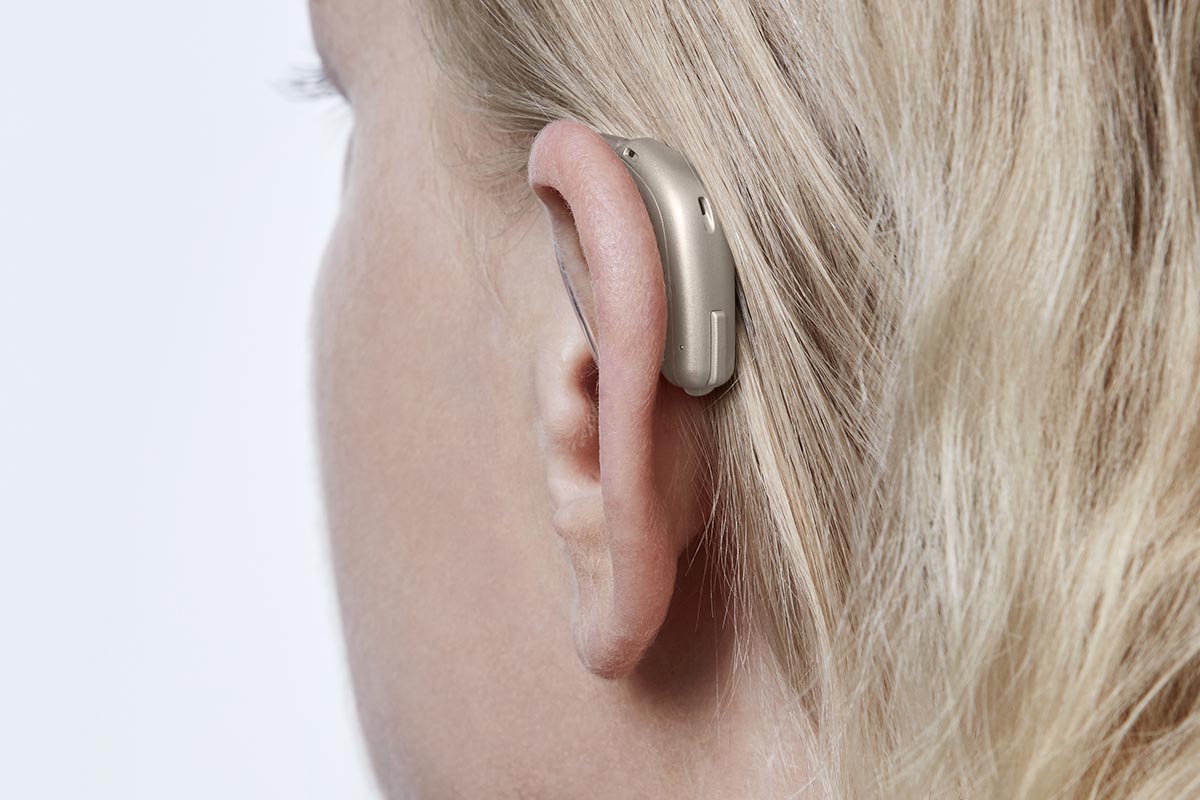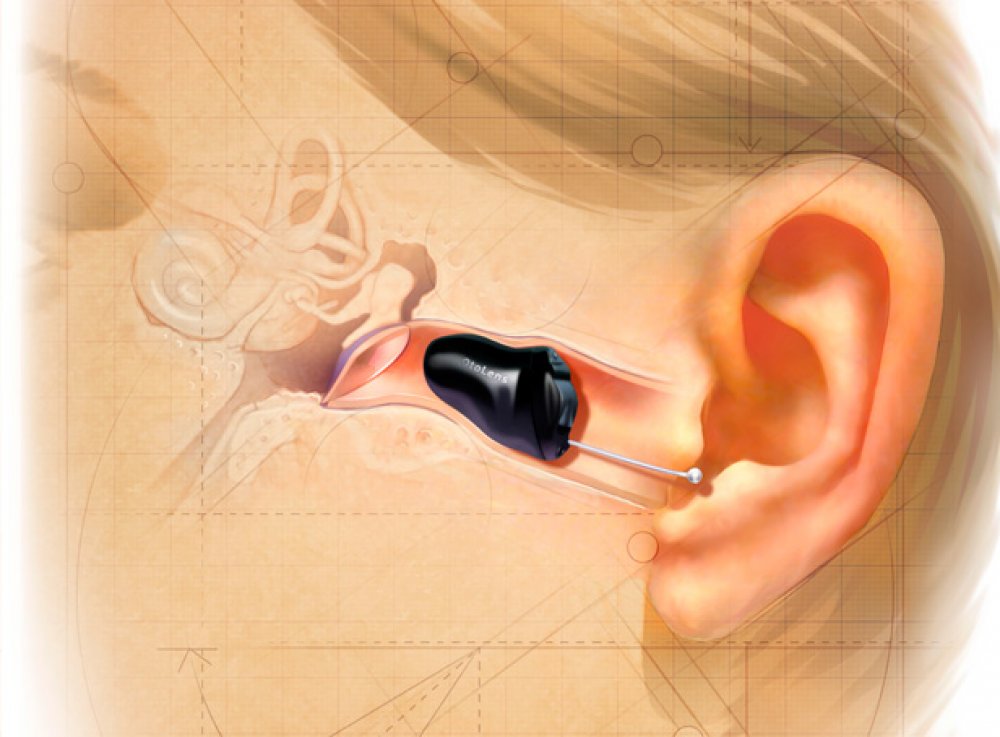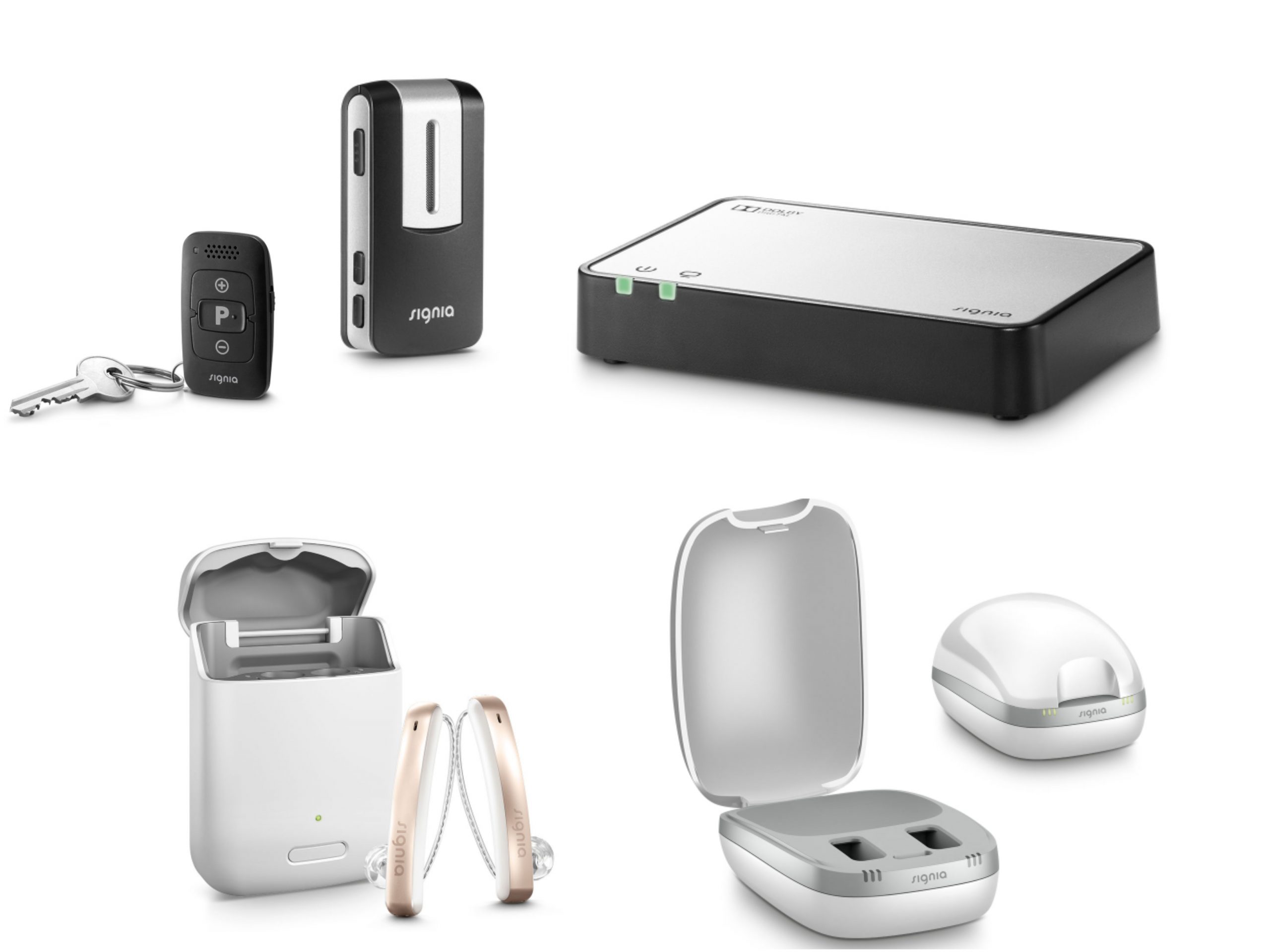
DIGITAL HEARING AIDS
If hearing tests demonstrate that you have a sensorineural hearing loss, we have some great news – modern hearing solutions are nothing like the large, noisy, clunky and whistling hearing aids of days gone by! Hearing loss has a major impact on quality of life from reduced work effectiveness to feelings of isolation in social settings. Conditions can be minor or more severe, and not only stems from old age. Other causes such as genetics, exposure to loud noise, and physical trauma can lead to subsequent losses in hearing.
Important Note
Unlike most hearing clinics in Perth, we are not owned by a hearing aid manufacturer. So you will have the option of the most suitable devices from all leading hearing aid manufacturers.
Additionally, we pass on the benefit of our lower cost structures to ensure modern hearing solutions remain affordable to all people within our community. Further to this, we offer discounts to WA Seniors Card holders.





